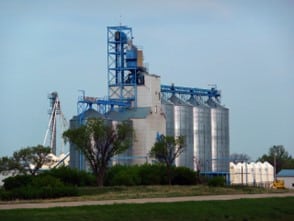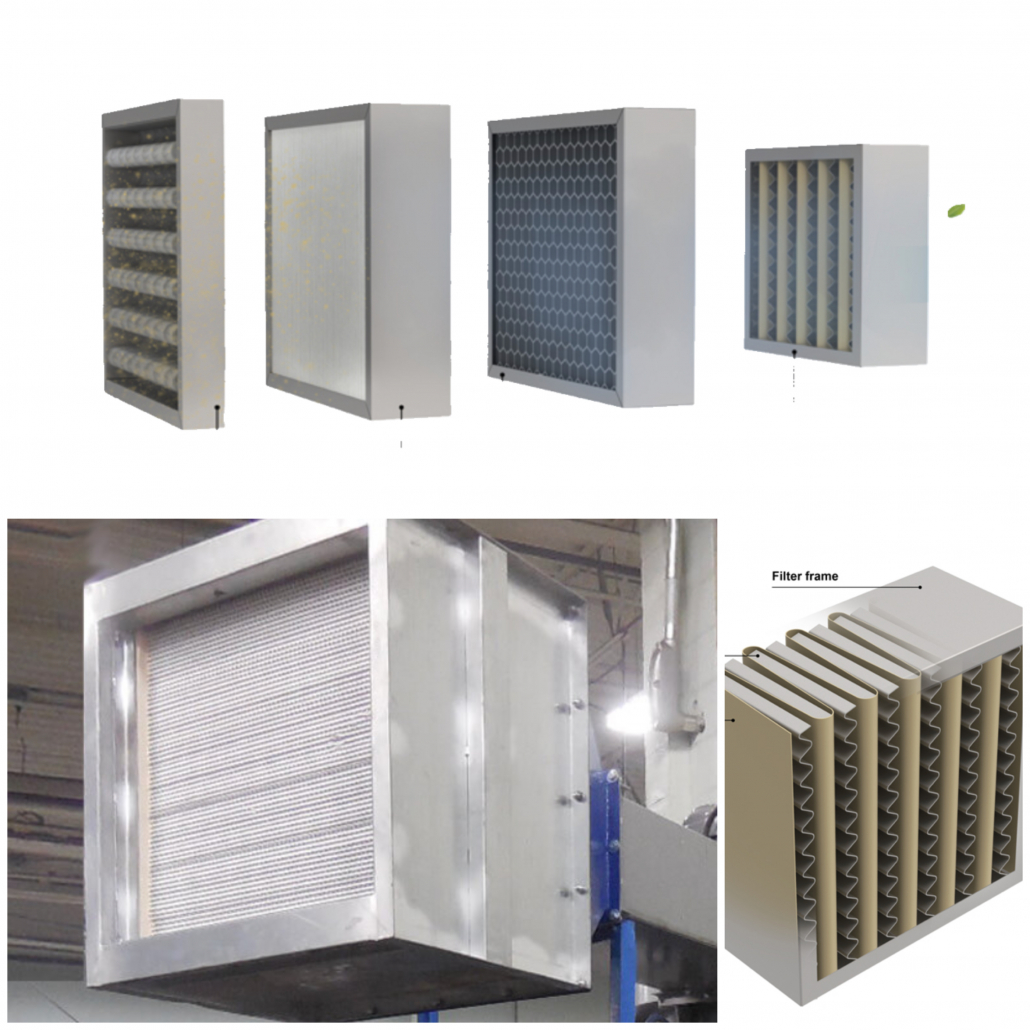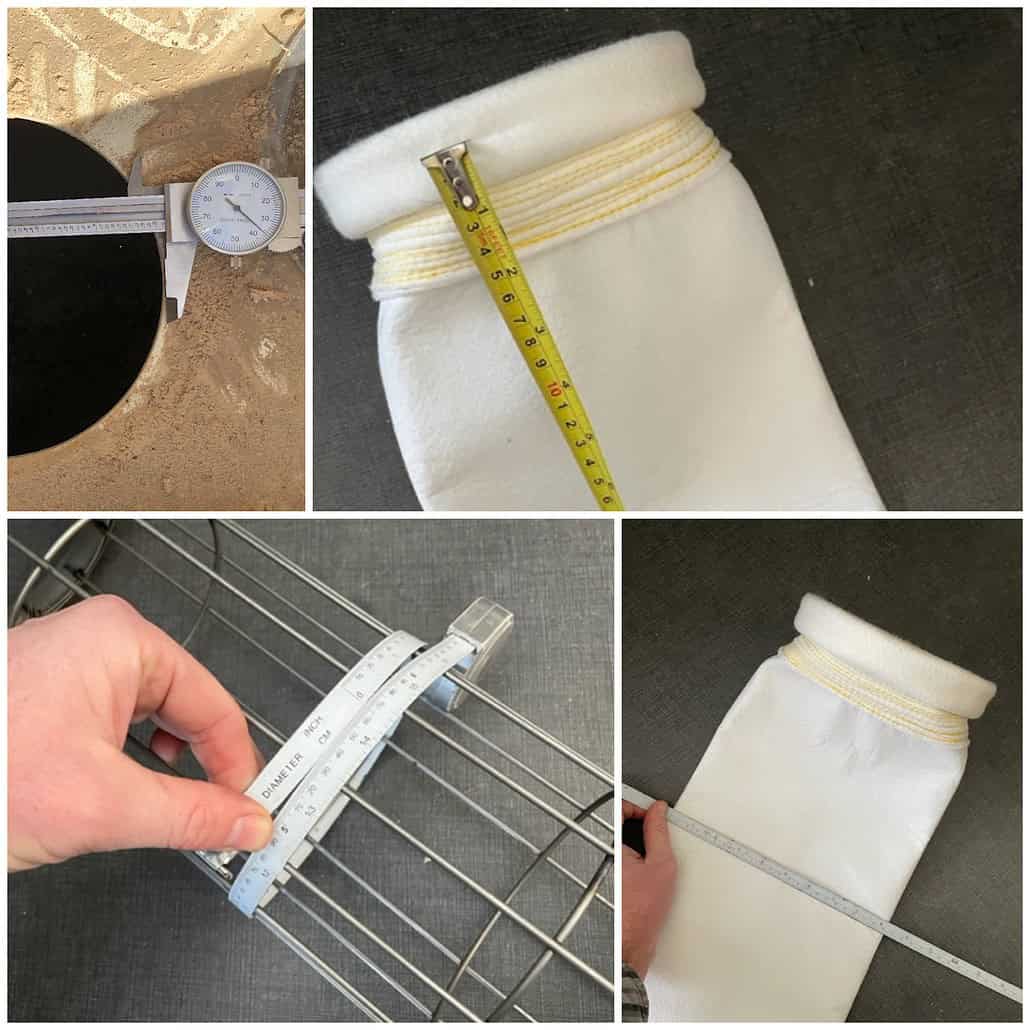Grain dust collection is a paramount concern within the grain and seed industry, given the frequent occurrence of grain dust fires and explosions. So prevalent is this issue that OSHA has established its own combustible dust rule specific to agricultural dust. Failures in grain dust control not only compromise workplace safety but tragically result in injuries and fatalities.
The Varied Nature of Grain and Seed Dust
Grain and seed dust come in diverse sizes and textures, making effective control of dust a multifaceted challenge.
The grain dust can range from abrasive and sticky to fine and volatile. Moreover, grain processing facilities encompass a multitude of machines and processes, all of which require meticulous dust control to comply with OSHA and NFPA standards.
Processes within the grain and seed industry that are particularly prone to generating problematic dust include:
- Conveyor belts and transport systems
- Bucket elevators
- Transfer points
- Hammer mills
- Bins and silos
- Blenders and mixers
- Truck and rail loading and unloading

In response to these challenges, two primary dust collection systems have proven effective: baghouse-style dust collectors and bin vents. These systems offer reliable solutions for grain dust control, each with its unique advantages.
Recommended Equipment for Grain Dust Control
- Baghouse Dust Collectors: Unlike cartridge collectors which are very efficient but require uniform dust grain size, light loading, and a narrow range of dust types, a baghouse is a robust collector that can operate with a larger selection of filter media, and generally suffers from fewer problems with varying grain size and loading. A suction-side fan is typical, with a network of ductwork connecting the central dust collector to pickup points on conveyer belts, silos, transfer and loadout points, and other dust sources.
- Bin Vents: A bin vent is a specialty piece of dust collection equipment designed for silos and storage bins. As product is loaded into a silo, via pneumatic transfer, gravity chute, etc., pressure is created in the enclosure. A bin vent is used to allow this pressure to vent to the outside air without spewing dust into the air. Bin vents may have a fan to generate negative pressure, or they may operate as a passive vent with no fan. In either case, they are filters that operate according to the same principals as a baghouse or other dust collector.
Possible Additional Equipment
-
- Cyclone separator
- Chemical isolation system
- Spark trap
- Explosion proof discharge drum kit or rotary airlock
- Abort Gate
- Explosion Venting
- Explosion Isolation Valve
- Airlock
Grain dust, due to its extreme combustibility, presents a substantial fire and explosion risk across all grain-handling applications. Dust control measures are vital in preventing accidents that can lead to injuries, facility damage, and even fatalities. Fires within grain processing facilities have been known to inflict significant harm on structures and equipment.

Given the inherent risks, it is essential to consider a highly effective grain dust collection system as a mandatory component of any grain and seed processing facility. Safety standards unequivocally dictate that all systems must be safeguarded against fire and explosion hazards. This is not an area where cost-cutting is prudent; investing in a properly designed system is an imperative step towards a safer, more secure working environment.
Contact Us to Speak to One of Our Baghouse Experts.
For more baghouse related training and information, be sure to check out our Baghouse Online Training page.






